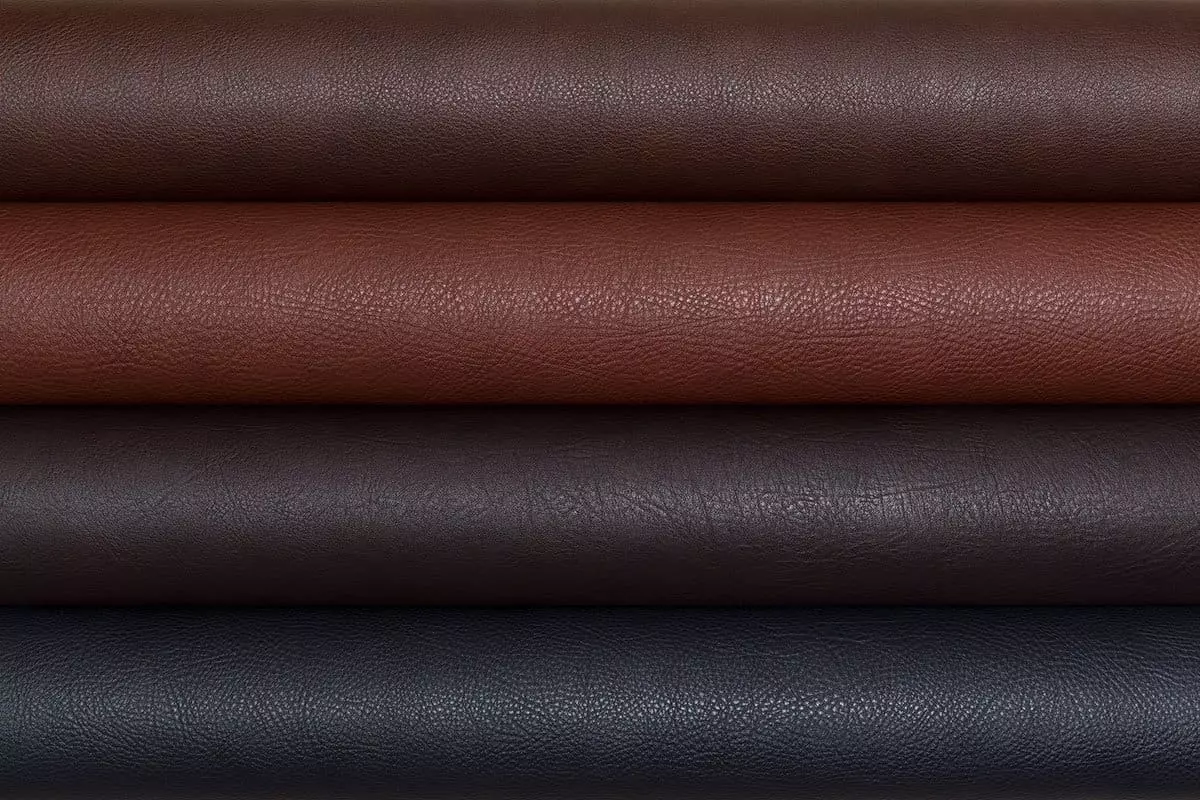Leather is one of most earlier and most beneficial discoveries in the history. Our ancestors utilized leather to protect themselves from the elements. Tribes man hunted wild creatures for food, then made clothes, footwear and crude tents from animal hides. Like then, hides used nowadays are a by-product.
Animals are introduced for the meat, milk, and thread industries, not for their hides. Approximately half of all leather made today is utilized to produce shoes, and about 25% for clothes. Upholstery requires only around 15% of the entire product.
Egyptians History
Wall portraits and artifacts in Egyptian tombs dating back to 5000 B.C. demonstrate that leather was utilized for footwear, clothing, gloves, buckets, bottles, blankets for burying the dead, and for military gear.
Greeks History
The ancient Greeks are credited with inventing tanning procedures utilizing specific tree barks and leaves soaked in water to hold the leather. This was the first form of vegetable-tanned leather, which became a well-established business in Greece around 500 B.C. Vegetable-tanned leathers are still made today and remain an engaged element in current tannages.
Romans History
The Romans made comprehensive usage of leather for footwear, clothing, and military gear including shields, harnesses, and saddles.
Due to its longevity and comfort, leather has been used for transportation seats throughout history. It has always been the ideal material for making saddles and tack, as well as footwear. During the Middle Ages, leather became the covering of preference for dining chairs, because it was effortless to preserve and did not absorb the smell of meals.
The expansion of industrialization in the 18th and 19th centuries made a demand for new sorts of leather, such as belting leathers to operate machinery. The creation of the automobile, the demand for softer, lighter footwear with a stylish impression, and a general upgrade in the standard of living made a need for smooth, flexible, multicolor leather.
The history of vegetable-tanned leather was too inflexible and wide for these conditions and thus, the use of chromium salt was embraced and chrome tanning became the standard for current footwear, style, and upholstery leathers.
Visit auraoutfits to get best of leather outerwear.

